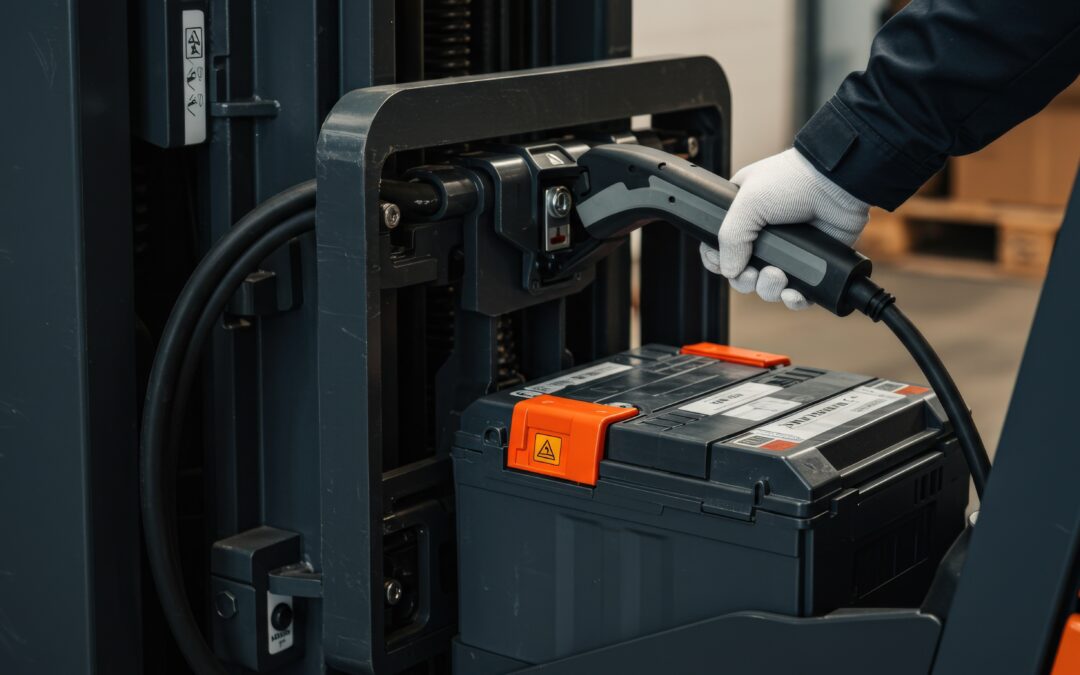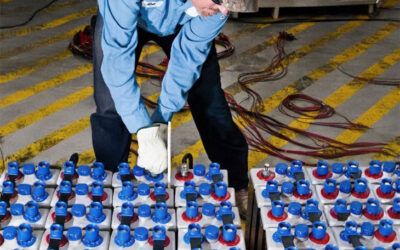
The Lithium-Ion Charging Infrastructure Gap
Why there is confusion in the market about lithium-ion charging Many fleets adopted lithium before their facilities had the power and chargers to...
Industry
Insights
Filter
Solar, Batteries, and Smart Controls: Prevent Grid Failures and Keep Telecom Towers Online Through Any Disaster
Hurricanes, Wildfires, and Grid Failures Are Hitting Harder According to the National Center for Environmental Information ( NCEI,) the U.S. saw 27 separate weather disasters in 2024, each causing over a billion dollars in damage. These disasters included everything...
BMS Confusion: Understanding the Difference Between Battery Monitoring Systems and Battery Management Systems
In the world of stored energy, three letters cause a lot of confusion: BMS. Ask ten people what BMS stands for, and you might get ten different answers. The confusion is understandable—BMS can refer to Battery Monitoring Systems or Battery Management Systems—two...
5G Networks and Beyond: How Power Infrastructure Supports the Future of Connectivity
The telecommunications landscape is evolving at record speed. As 5G networks continue to expand and research into 6G technology accelerates, network operators face mounting pressure to upgrade their infrastructure. At Exponential Power, we've seen firsthand how these...
Customer-Centric Leadership: Ted Kozikowski Reflects on Six Months as CEO of Exponential Power
In his first six months as CEO of Exponential Power, Ted Kozikowski has championed a customer-centric approach, redefining the company’s mission to deliver unparalleled energy storage solutions. Under his leadership, Exponential Power is fostering a unified culture...
Rip & Replace and BEAD: What You Need to Know and How Exponential Power Can Help
Rural telecommunications providers face new challenges with government programs like the Secure and Trusted Communications Networks Reimbursement Program (commonly called “Rip & Replace”) and the Broadband Equity, Access, and Deployment (BEAD) program. These...
Year-End Preventative Maintenance
Year-end preventative maintenance plays a key role in maintaining reliable backup power systems across industries like data centers, telecommunications, manufacturing, industrial facilities, and motive power applications. These industries rely on uninterrupted power...
What Rural Telecom Providers Need to Know About the “Rip and Replace” Program
Big changes could be coming to the telecom industry, and if you're a rural telecom provider, these changes could have a direct impact on your business. Congress has recently proposed new funding to support the “Rip and Replace” program, an initiative designed to...
EquaLink Battery Management System
Product News Release – Announcing New Battery Management System
The EquaLink Battery Management System (BMS), delivers a complete and comprehensive diagnostic and monitoring solution for critical battery maintenance programs and required NERC / IEEE reporting.
Menomonee Falls, Wisconsin, February 5, 2016 – SBS Testing and Monitoring, a division of Storage Battery Systems, LLC (SBS), an industry leader in battery testing equipment and Power Solutions™, is pleased to announce the release of their new EquaLink Battery Management and Monitoring System.
5 Common Mistakes in Battery System Capacity Testing
IEEE and NERC both require battery capacity testing as a means of predicting a battery system’s ability to perform when called upon during a loss of AC power, for acceptance of new installations, and in determination of end of life criteria for system replacement. While NERC is very vague and just states that “Capacity testing must be done at said interval”, IEEE 450, 1106 and 1188 have clearly defined frequencies, prerequisites and instructions on how these tests should be conducted.
From results that are submitted to us for warranty consideration or review, a group of common errors have come to light. Below are the top 5 most common mistakes that are seen in capacity testing.









